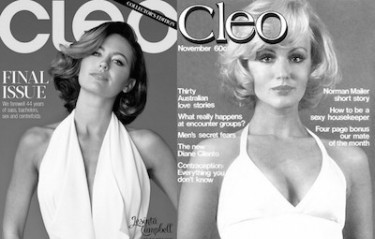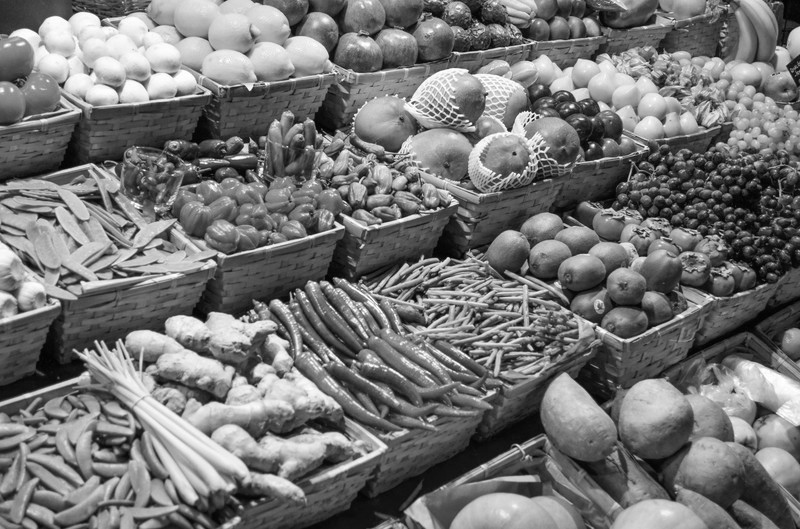The impossible apostrophe!
Sitting at the indoor play gym as my daughters jumped, climbed and ran their way through the maze, I couldn’t help but stare at the sign above the equipment: ‘Pull up’s must be worn’. I must have read those five words 50 times trying to understand why that little apostrophe was there.
It grated on me like fingernails down a chalkboard. Every time I looked away (to check on my girls), I was immediately drawn back. I even felt the urge to ask the lovely business owner why it was there incase I had it all wrong. Of course I didn’t mention it – she had other things to worry about at that point in time (like the 30 or so squealing toddlers).
Nor did I didn’t mention it to the lady at the fruit shop whose sign read, ‘Apple’s – $2.99 a kilo’, or to my friend whose note informed me that, ‘Friday’s are a great day for us to catch up.’ (Note: should be ‘apples’ and ‘Fridays’ – no apostrophe required).
What I did instead was a quick Google search for ‘misplaced apostrophes’ and from the more than 58,000 results, realised I wasn’t alone when it comes to feeling mildly irritated by the misuse of apostrophes!
I fully appreciate that it’s no big deal; there are bigger things to worry about. But if you’re about to hang out your business shingle, or plaster your business name on a billboard, it would be worth checking for missing, misplaced of unnecessary apostrophes. Here are the basic rules:
Use an apostrophe to indicate that a letter has been omitted:
it’s = it is
he’s = he is
you’re = you are
Use apostrophes to clarify possessive case:
The dog’s bowl
The girl’s bike
The Jones’s farm
Don’t use apostrophes in abbreviated forms:
GPs, MPs, CDs, DVDs
Good luck with those apostrophe’s. Its tricky at time’s but stick with the rule’s and your sure to be on the right track.
Oops, I mean: Good luck with those apostrophes. It’s tricky at times but stick with the rules and you’re sure to be on the right track.


